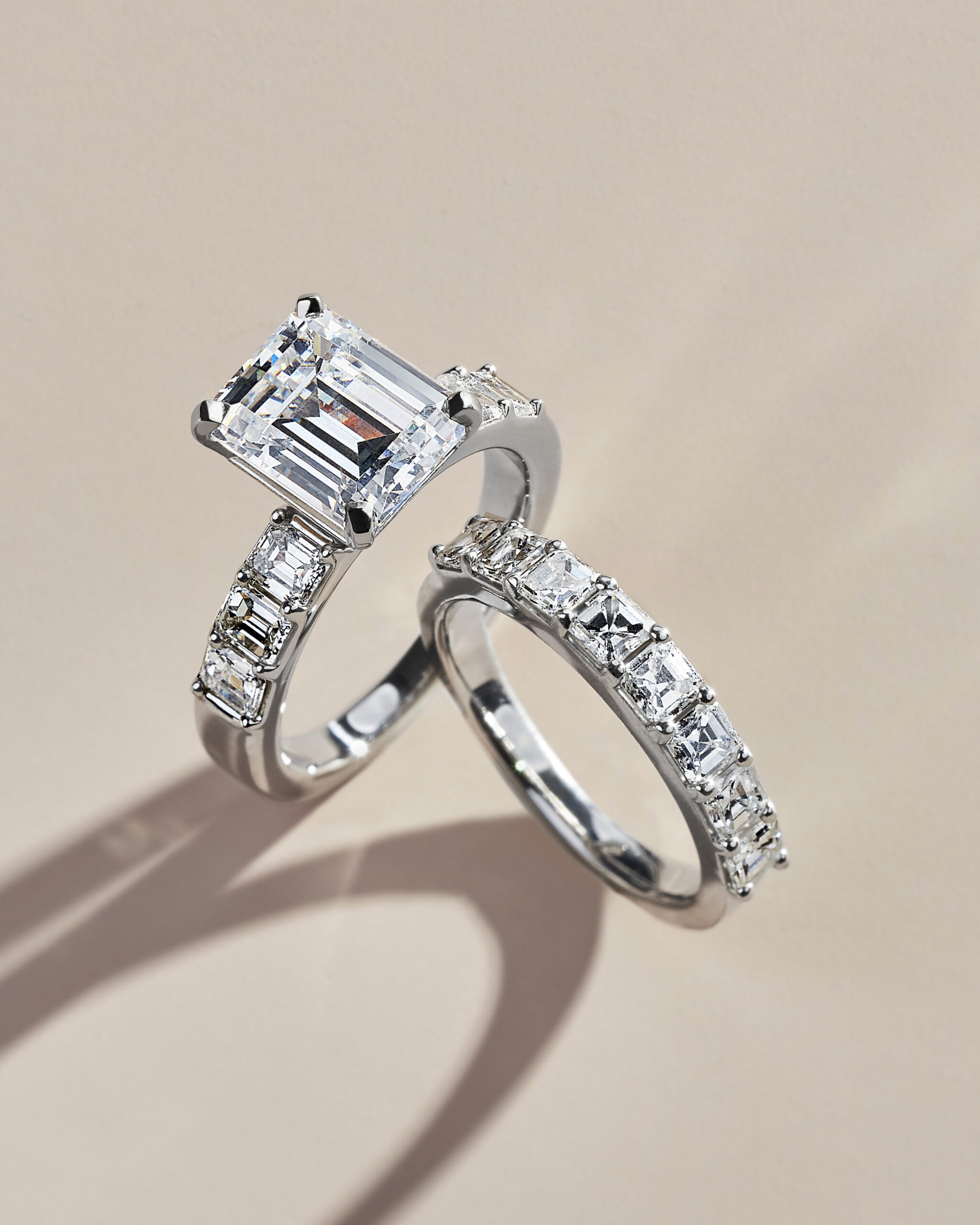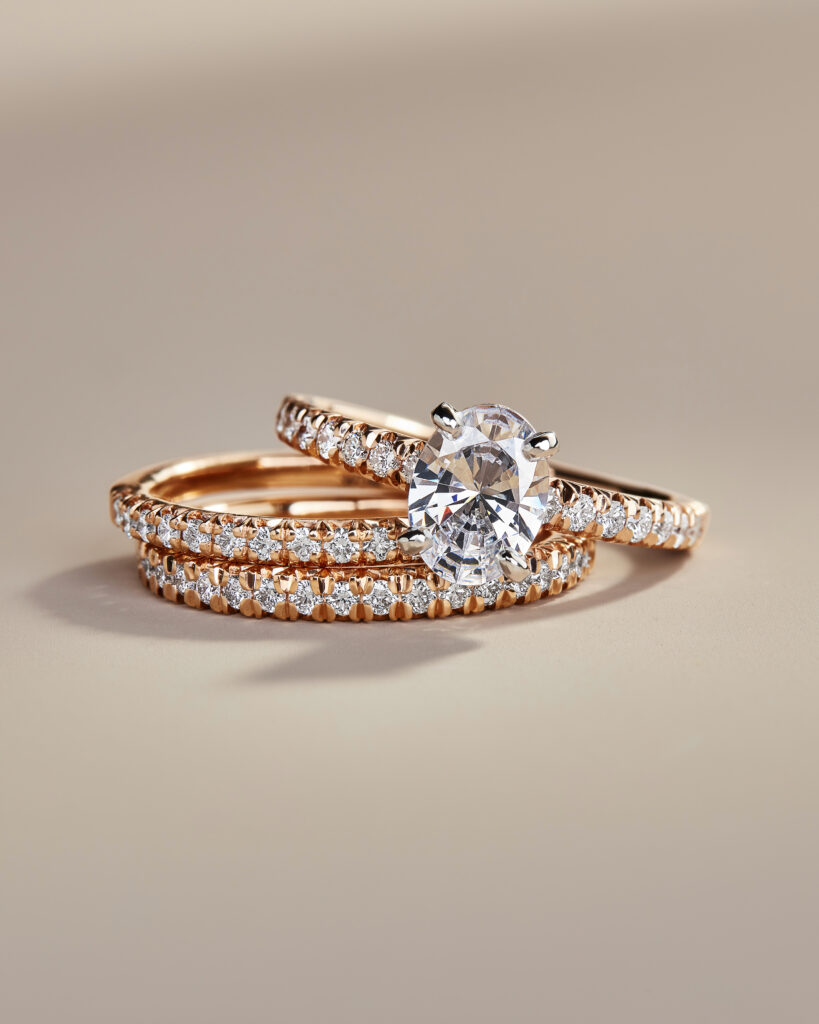
Jewelry related to Engagements and Functions
Among the most popular and requested jewels is the diamond. Since antiquity, they have indeed been utilized as cosmetic ornaments.
Engagement rings frequently contain diamonds. Initially, in the 15th century, European royalty was known to engage in this technique, despite blue and ruby being more valued gems. The enormous worth of the diamond has motivated tyrants and rebel organizations, notably in Africa, to mine blood diamonds employing slave and child labor to finance battles. Contrary to popular belief, Gem-quality diamonds, contrary to common belief, are rather abundant compared to extremely rare gemstones like alexandrite. Diamonds are most commonly utilized nowadays as ornamental jewels, a practice that has its roots in antiquity. The main gemological property of gem diamonds is indeed the scattering of white light into spectroscopic colors. Gemologists have created systems for classifying gems as well as other gems depending on the qualities that are the most crucial to a diamond’s value in the 20th century. Carat, cutting, color, and clarity—collectively known as the “four Cs”—are now frequently employed as the fundamental descriptions of diamonds. The Gemological Institute of America created this approach in 1953 as an accepted global benchmark for assessing diamond qualities. A gem diamond’s worth and look are also influenced by other variables. These consist of the diamond’s physical characteristics, like fluorescence, in addition to its origin and the advances in the genetic laboratory that conducted its assessment. A diamond’s brilliance is significantly impacted by cleanliness as well.

Legend and significance: Throughout history, it has been asserted that diamonds have a number of mystical abilities.
- No matter how many foes are present, the person who has a diamond strapped on their left arm wins.
- It benefits insomniacs and the mad because trembles, epidemic diseases, and magic all flee before this all.
- It strips magnets and lodestones of their strength (i.e., the ability to attract iron)
- It is stated that Arabic diamonds grab iron more powerfully than a magnet.
- The only way to pierce a diamond’s hardness is to rub pure goat blood on it.
The Middle Ages as well as the Romans are where the tradition of using diamonds in rings and, more subsequently, engagement rings first emerged. The diamond’s worth to the Romans was solely based on the mystical properties they believed it to possess. According to Pliny, a diamond repels poisons, wards off madness, and allays baseless anxieties. They named it the “Pietra Delle Reconciliazione” (stone of reconciliation) since it preserved harmony between the couple. The medieval Italians adopted these ideas and contributed others to them. Because of this, rather than because of its beauty, which Isidore of Seville described as a little stone devoid of beauty, it was suggested as the gem to be placed in wedding rings.


